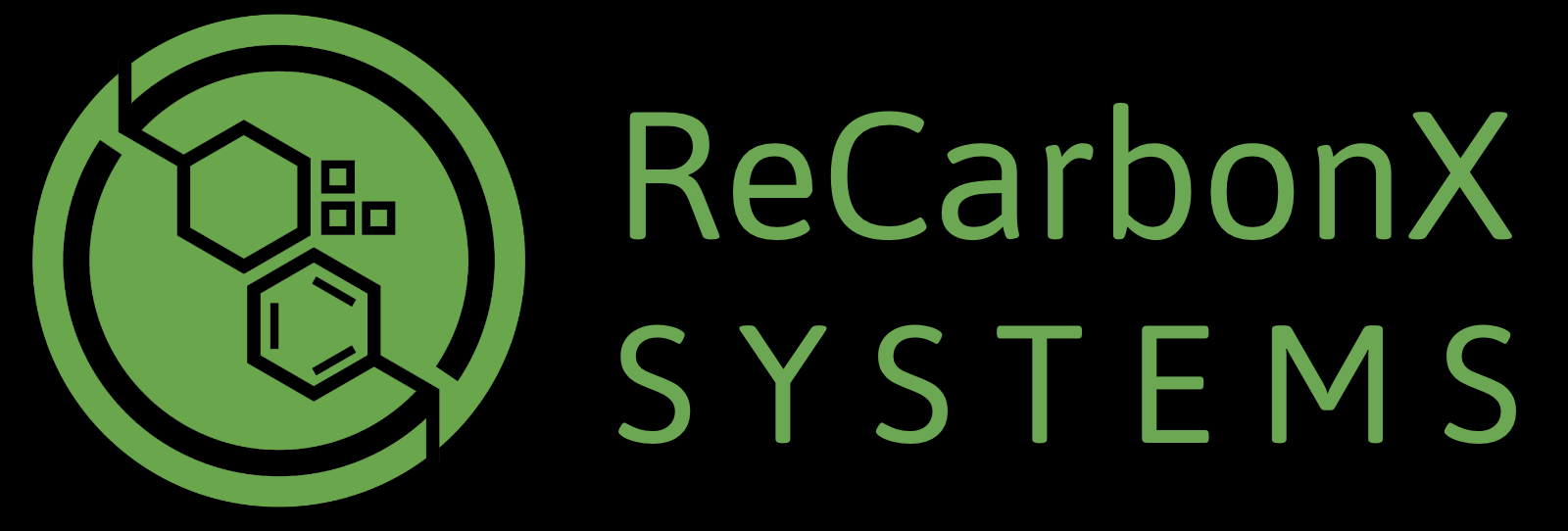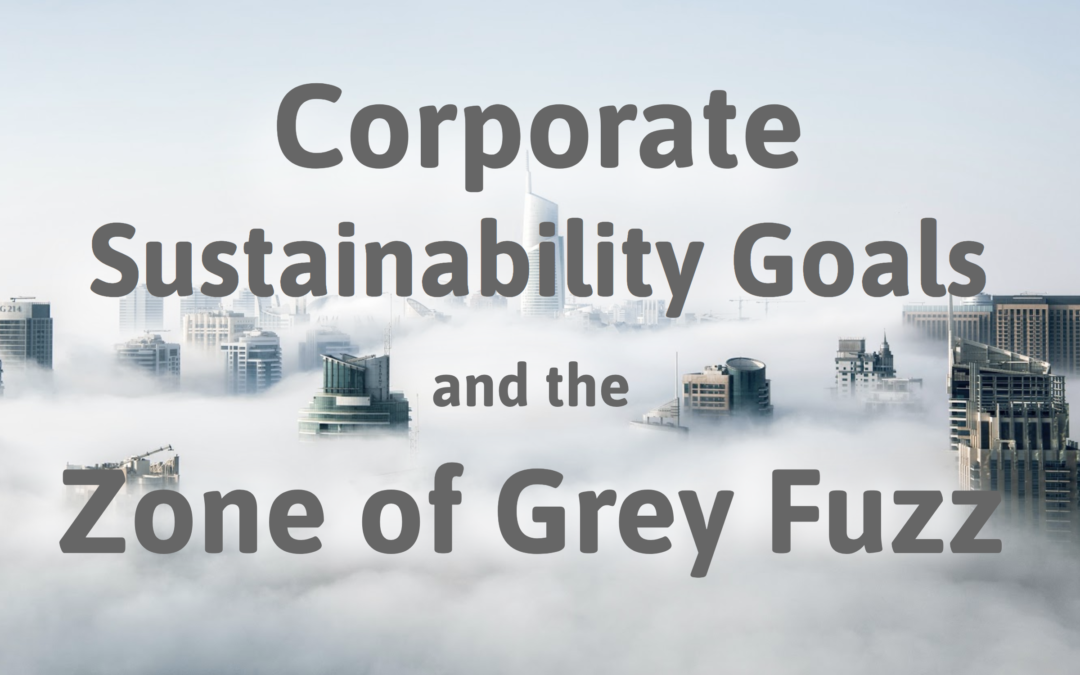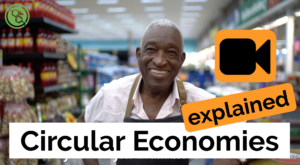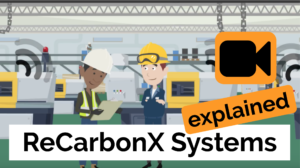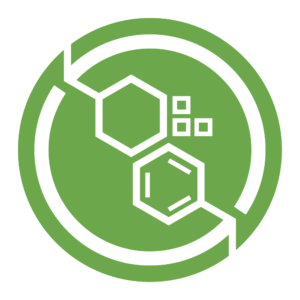Co-written with Oksana Pilatova
Over recent weeks, an increasing number of corporations have announced large-scale, ambitious sustainability plans in attempts to reduce their millions of metric tons of annual CO2 emissions.
Kudos to these companies for taking the plunge. Still, it’s hard not to be a bit skeptical; these new announcements stand in the face of a long history of companies making promises and revising said promises when they aren’t able to meet their goals.
When goals aren’t met, we typically see a display of number-juggling, including drawing attention to carbon offset efforts.
But when it comes to carbon offset, there’s a Zone of Grey Fuzz surrounding the whole issue: Does the general public understand that any offsets must be additional? How can we know that offset programs are doing what they say they’re doing? What’s the actual impact?
In business, when there’s no proof, there’s no trust.
Social media influencers and activists (YouTubers, Instagrammers) are addressing recarbonization by creating massive collaborative campaigns that harness the power of visual media platforms’ communities to, for example, plant trees at scale, using drone footage for accountability in an ever unfolding, reality-TV style experience for the masses.
This goes part of the way to providing evidence. But it isn’t data. Nor is it a tenable solution for accountability, measurability, or comprehensive communication with customers and shareholders.
One approach outlined by corporations for reducing part of their Scope 3 emissions is to require that their partner-suppliers adopt climate targets that lead to cuts.
It’s great, of course, when huge corporations lead the way and define the direction industry should go, but it’s still kinda grey and fuzzy. What does ‘climate targets for all suppliers’ actually mean, and how do we measure it?
Let’s also stop for a minute and try to imagine how many value chain partners a big corporation has – given that there could be up to a hundred countries hosting its sites and factories. How much additional bureaucracy is it going to take to implement large-scale plans globally? To collect and check that all commitments are science-based? To regularly ensure partners are doing what they promised?
Aside from the challenge the gazillion smaller suppliers will face in calculating their own exact carbon footprint, it sounds like it’s going to take a fresh army of auditors and ‘experts’ who’ll need to receive salaries for ensuring the thousands of value chain partners are keeping their promises. Who’s going to pay for this additional bureaucracy? Will it be end consumers?
Many questions need to be answered, and complex value chains complicate matters further, but there are technologies evolving and emerging that help address the Trust issue.
In the public domain, blockchain is gradually becoming associated with sustainability in, for example, the context of deforestation-free supply chains for the ingredients most associated with tree loss.
Right now, “companies rely on certification done by third parties, but it’s moving to a verification process that will use satellite imagery and blockchain technology.”
—Bloomberg, reporting on Unilever’s press release of 15th June, 2020
Again, this is a good start. Blockchain is an immutable, un-hackable solution for storing data and combining multiple partners along a value chain, without a need for a middle person to ensure integrity and trustworthiness of data, and it’s already being put to good use in the logistics sector. This is a step forward towards establishing the required Trust.
But there’s still a question: When we’re in the shop and choosing between products, how can the end consumer know for sure that one chocolate product was produced with palm oil from a company that planted trees to offset deforestation, and that the neighbouring product on the shelf was not?
Sure, journalists and avid armchair googlers can in their spare time dig into company websites or financial and sustainability reports and disclosures; they can compare companies, peer-to-peer and make their shopping lists based on this. But the average Joe or Jolene is unlikely to have the time or the know-how. What’s more, it’s all virtual – virtual company announcements, virtual visions, virtual PR campaigns – and it seems woefully disconnected from the daily reality around us: drought and bushfires, burgeoning landfill, increasingly polluted waterways, and an ever-ticking planetary clock.
Yet, by harnessing innovative technologies, we can connect the dots for consumers and enable them to vote with their wallets for companies that really are making changes in their manufacturing processes.
And here’s how:
Blockchain, for a start, is capable of so much more: far beyond product flow track-and-trace or digital economies.
And this is where our old friend Trust finally meets Big Manufacturing face-to-face: when we’re talking about science-based sustainability goals, we can start by talking about tracking the entire eco-footprint of a product, from raw materials to transport, to quality control, to production in complex manufacturing chains where multiple partners are involved.
We can talk about being able to integrate siloed, individual data collections in different partner companies across multiple different software solutions; we can talk about generating a granular picture of each product’s exact eco-footprint – without creating additional layers of bureaucracy and tons of reports.
We can ‘talk’ about this because ReCarbonX Systems can do this – with integrated industrial sensors built on blockchain for full eco-footprint tracking; even in complex manufacturing.
Hello, Trust; Goodbye, Zone of Grey Fuzz.
And history tells us that when the data is in our hands, great things can happen.
*
Please contact one of the ReCarbonX team for an appointment to try out our simulation tool.
Image in this post by Aleksandar Pasaric via Pexels.
